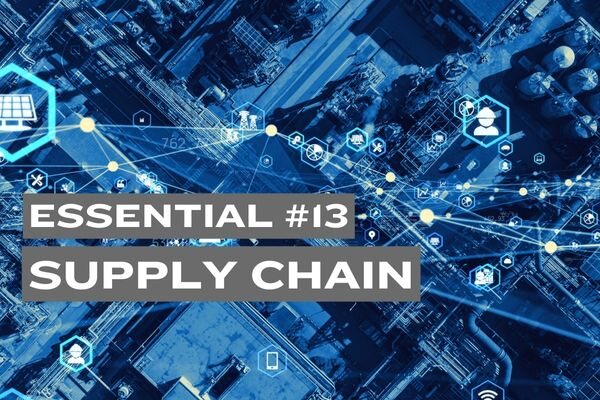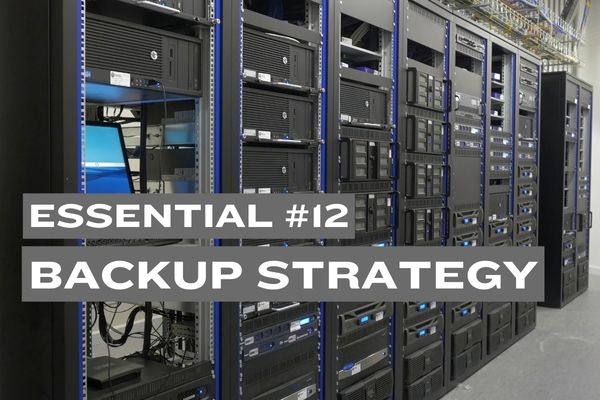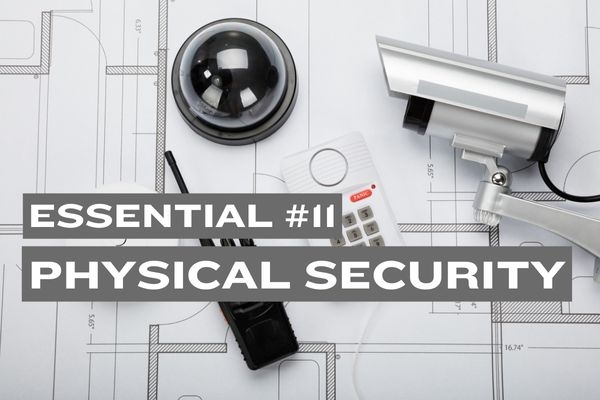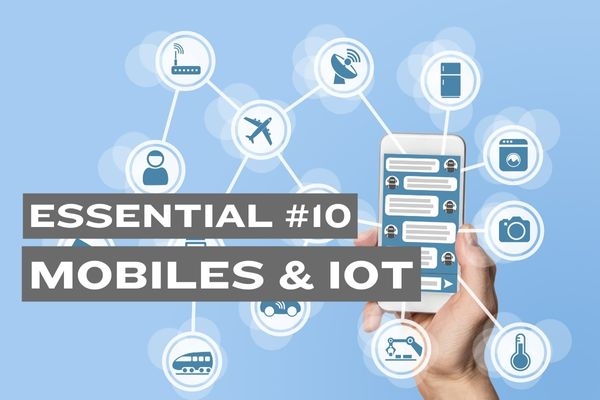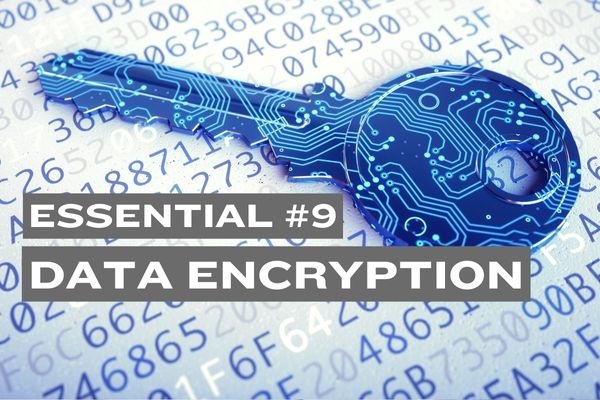Essential #13: Secure Your Supply Chain and Mitigate Third-Party Risks
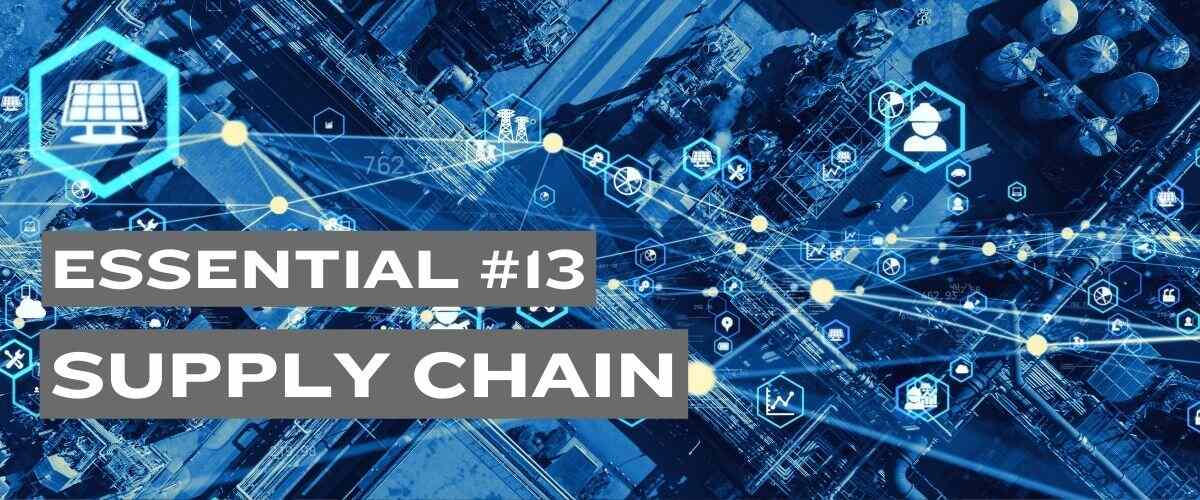
Supply chain attacks—exemplified by incidents like SolarWinds—are on the rise and can have devastating consequences. They cast doubt on the reliability of your partners, hardware and software suppliers, Managed Service Providers (MSPs), and even your CI/CD pipelines. This key explores how to identify, evaluate, and mitigate critical third-party risks.
🔐 Objectives of Securing Your Supply Chain
- Identify External Risks: Detect hazards embedded in supplier processes and technology.
- Evaluate Third-Party Risks: Gauge the potential impact of an attack on various supply chain links.
- Preventive Measures: Curtail attack surfaces via monitoring, policies, and controls.
- Operational Continuity: Maintain fallback plans should a critical supplier fail.
- Code Integrity: Verify that your CI/CD pipelines, libraries, and repositories remain free of vulnerabilities and backdoors.
🛠️ Practical Actions to Secure Your Supply Chain
-
Assess Supplier and MSP Security
- Audits & Certifications: Conduct supplier audits, use questionnaires, and evaluate standards like ISO 27001 and SOC 2 to gauge partners’ security maturity.
- Vendor Tiering: Classify suppliers by criticality (e.g., Tier 1 for those with direct data access) and apply stringent checks for higher-tier providers.
-
Establish Clear Supply Chain Security Policies
- Security-Driven Selection: Integrate explicit security requirements in RFPs and contractual clauses.
- Compliance Alignment: Ensure suppliers meet regulatory demands relevant to your industry (GDPR, HIPAA, etc.).
-
Monitor Third-Party Security Performance
- KPIs & SLAs: Define Key Performance Indicators and Service Level Agreements related to security and incident response.
- Regular Audits & Code Review: Continuously verify integrated code, third-party components, and software updates for anomalies.
-
Implement Contingency Plans for Critical Suppliers
- Continuity & IR Playbooks: Develop response plans detailing how to quickly switch providers or isolate compromised services.
- Data Duplication & Access Control: Retain critical data in-house where feasible, with strict permissions to reduce reliance on a single vendor.
-
Secure Your Code and CI/CD Pipelines
- Software Bill of Materials (SBOM): Catalog all open-source and third-party components to track vulnerabilities effectively.
- Code Signing & Verification: Require code signing for internal and external packages, verifying authenticity before deployment.
- Automated Security Checks: Insert scanning tools in your CI/CD pipelines for real-time vulnerability detection.
-
Train and Inform Your Teams
- Risk Awareness: Educate employees about supplier and MSP threats, including potential pipeline attacks.
- Regular Communication: Maintain active dialogue with partners about updates, patches, and security changes.
📈 Benefits of Securing Your Supply Chain
- Reduced External Risks: Limit vulnerabilities stemming from third-party integrations.
- Product Integrity: Protect both internally developed software and outsourced components.
- Heightened Stakeholder Trust: Instill confidence in clients and partners via a secure supply chain.
- Continuity Assurance: Maintain operations even if a key supplier is compromised.
- Regulatory Compliance: Satisfy legal and industry-specific mandates around third-party oversight.
🔗 Stay Connected and Follow this Series
Follow our Blog to ensure you don’t miss the upcoming posts in the "Security Essentials" series. By following this series, you will benefit from:
- Practical Advice: Concrete actions you can implement immediately to enhance your security posture.
- Proven Strategies: Approaches validated by cybersecurity experts to effectively combat threats.
- Recommended Tools: Technological solutions tailored to meet your specific security needs.
- Case Studies: Real-world examples demonstrating the effectiveness of best practices.
Whether you’re an SME or a large enterprise, "Security Essentials" is designed to provide you with the knowledge and tools necessary to build a robust defense against cyber threats.
Together, let’s build a strong and resilient defense against cyberthreats.

